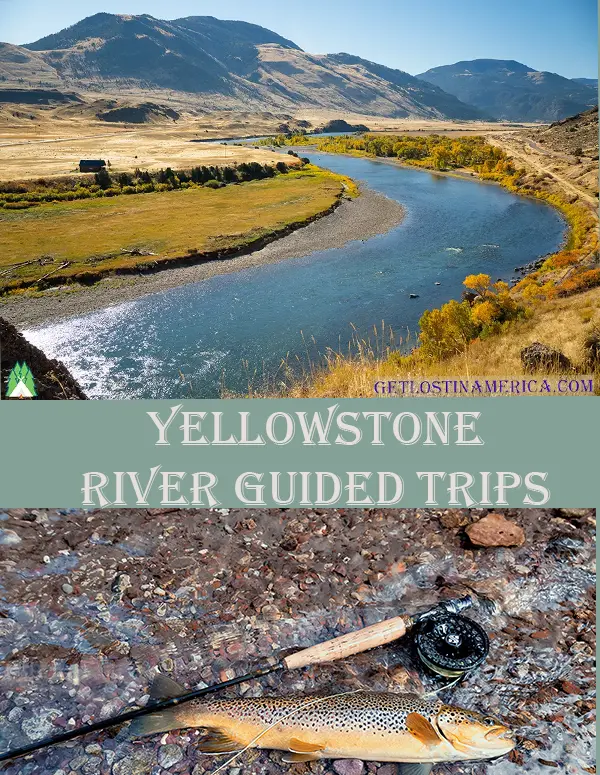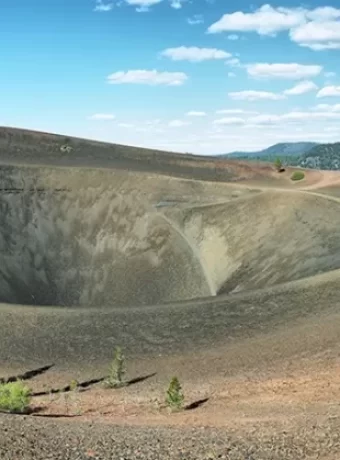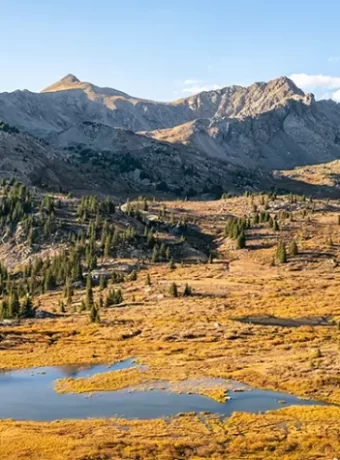Backpacking Continental Divide Trail: A Preparation Guide to Adventure of a Lifetime
Backpacking the Continental Divide Trail is no walk in the park.
In fact, when it comes to preparing for this epic adventure, many find their biggest challenge is…
You guessed it – Backpacking the Continental Divide Trail.
The sheer thought of traversing such a vast and diverse landscape can be daunting. But that’s what separates casual hikers from true wilderness explorers. Failing to adequately prepare for the trail can prevent one from experiencing its remarkable grandeur.
Tackling the Continental Divide Trail requires serious preparation folks.
Consider one ambitious backpacker who shared with me his tale of woe: he set off on his journey ill-prepared and ended up having to cut his trip short due to inadequate gear and supplies.
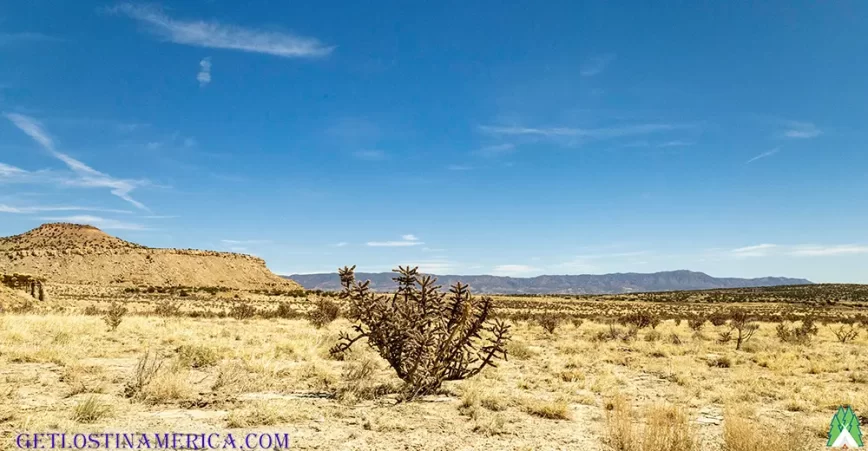
Table of Contents:
Research the Trail
The CDT is a massive, 3100-mile trek from Mexico to Canada that necessitates detailed research and strategic planning. It’s not just about strapping on your boots and embarking on an adventure; it requires thorough research and careful planning.
Terrain & Climate Insights
To prepare for this journey, you need to understand that each state along the trail presents different terrains, ranging from arid desert landscapes in New Mexico to alpine environments in Colorado or rugged wilderness areas like Glacier National Park in Montana.
Weather conditions can be unpredictable: intense heat one day followed by snowfall isn’t uncommon at higher elevations, even during the summer months.
Navigating Resupply Points & Towns
A successful thru-hike involves strategic resupply planning. Understanding where towns are located relative to your route will help determine how much food you need between stops for resupplies.
This year’s CDT hiker survey posts provide detailed information about popular resupply points along the way, including post office hours if you plan to mail packages ahead of time.
Hiking Strategy Safety Precautions
Your hiking strategy should include deciding whether to hike northbound or southbound – each direction has pros and cons that may significantly affect your experience, so consider seeking out Continental Divide Trail southbound advice for your chosen path. Always carry duct tape for gear repairs.
Pack Weight Consideration
An important part of researching is understanding how pack weight impacts your journey. Keeping your pack weight low helps prevent unnecessary strain, leading to a more enjoyable overall experience. But remember, don’t skimp on essentials. You can refer to this year’s CDT gear guide to help decide which necessary items to bring along.
Choosing Your Route on the Continental Divide Trail
The journey of a thousand miles begins with choosing your route. And in the case of the Continental Divide Trail (CDT), that’s over 3,100 miles to be precise. Deciding the route to take on your 3,100 mile journey is an important step.
In essence, going southbound often means starting later in June when Glacier National Park is clear from snowfall but also potentially dealing with more bugs and crowded trails early on.
Another option, have you thought about mountain biking through the New Mexico Section?
Picking Out Resupply Points Along The Way
Your hiking strategy should involve identifying resupply points along your chosen path. These are essential pit stops where you can replenish food supplies, restock gear if necessary – remember always carry duct tape for quick fixes – and take some much-needed ‘trail neros’ i.e., near-zero mileage days for recovery while backpacking backpacking Continental Divide Trail.
.
You might find it helpful referring back to previous year’s CDT hiker survey posts or last year’s CDT resupply guide as part of this process. However, don’t forget things change every season so make sure all information is up-to-date before setting off.
Navigating Detours And Alternate Routes
Beyond deciding whether to hike north versus south, there exist numerous alternate routes diverging away from the official trail, offering opportunities to reduce potential risks associated with weather conditions and difficult terrains. These alternates add variety and excitement while still keeping the adventure spirit alive.
Avoiding Potential Hazards On Your Journey
It is essential to stay aware of any potential risks, such as inclement weather or unanticipated trail blockages, while on your journey in order to guarantee a trouble-free and secure backpacking experience. Remember the Boy Scout motto: Be prepared.
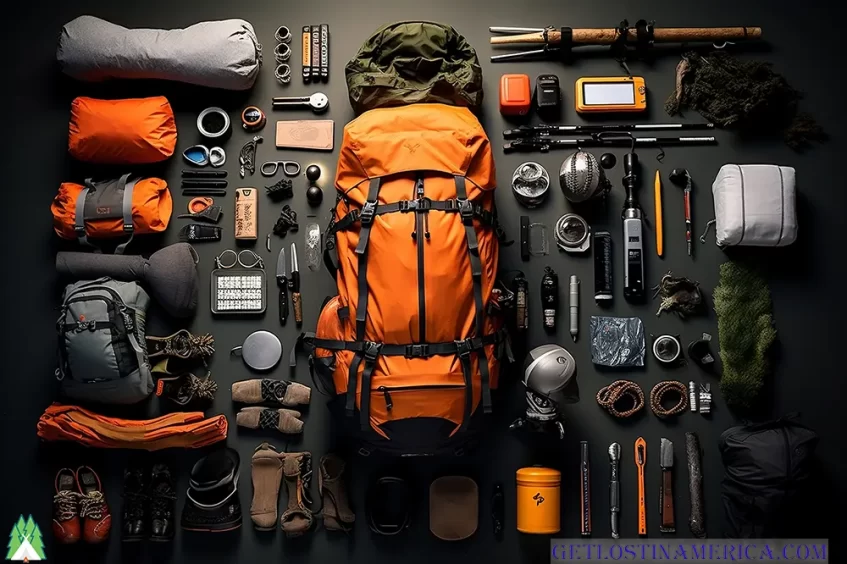
Gather Necessary Gear
As you set out on your trek down the Continental Divide Trail (CDT), it’s imperative to acquire all of the needed supplies for this difficult voyage. The right equipment can make a significant difference in your hiking experience.
The Backbone of Your Adventure: Backpacking Equipment
Your backpacking equipment is essential when traversing the CDT, which spans diverse weather conditions and terrain types. A reliable, durable set of gear should be at the top of your game backpacking Continental Divide Trail planning advice list.
A sturdy backpack with enough capacity but without being overly bulky or heavy will serve as an excellent starting point. Accompany that with a lightweight tent or hammock for shelter during nights and sleeping bags rated aptly for different temperatures to ensure comfort regardless of climate changes.
Navigational Tools are Key on the Continental Divide Trail
Unlike other well-marked trails such as the Appalachian Trail, navigating through the CDT requires proper tools due to its less defined path markings. Traditional options include maps and compasses; however, GPS devices or smartphone apps have become increasingly popular among modern hikers.
Detailed video trail descriptions available online offer visual guides about various sections along the route – these could prove invaluable while planning out routes. Additionally, CDT hiker survey posts provide insights from experienced adventurers who’ve completed their journeys previously.
Sustenance & Water Purification Systems
Fueling your body properly is key to sustaining energy levels on long-distance treks like this one. High-energy foods that don’t spoil quickly are ideal choices here. In terms of water purification systems, carrying tablets or portable filters helps stave off illnesses caused by contaminated water sources encountered in some parts of the Continental Divide Trail. Resupply points can help in keeping
CLOTHING & FOOTWEAR ESSENTIALS
Packing appropriate clothing is vital, especially given fluctuating climates across varying elevations found throughout the hike. Cold months necessitate warm layers, whereas summer hikes require breathable fabrics to help keep cool under sun exposure. Your choice of footwear too plays a pivotal role in the overall success of the trip – comfortable boots prevent avoidable blisters, thus helping avoid trail-ending injuries.
Trail Leggings, Sun Pro Hoodies and heavy weight performance hoodies.
Train Physically for the Continental Divide Trail
The journey on the Continental Divide Trail (CDT) is not a walk in your neighborhood park. It’s over 3,100 miles of diverse terrain and challenging conditions that will test both your physical endurance and mental strength.
To ensure you’re ready to take on this epic adventure, here are some steps to follow:
1. Boost Your Cardiovascular Endurance
Your cardiovascular fitness plays an essential role when it comes to long-distance hiking like the CDT. Start by introducing regular aerobic exercises such as running or cycling into your daily routine months before setting off. Like Planks for Outdoor Performance is good way to start in the house as you start hiking locally.
You can gradually increase intensity and duration with time, which helps build up the stamina necessary for continuous hiking while carrying a backpack across varying terrains found along the Glacier National Park section.
2. Enhance Strength & Flexibility
Apart from cardio training, strengthening key muscle groups involved in hiking, including legs, back, and shoulders, should be part of your workout regimen too. They significantly reduce the chances of trail-ending injuries, according to several studies. Yoga classes could also help improve balance, thereby reducing the risk during tricky sections along the official trail.
If feasible within the framework set out in continental divide planning advice available online, incorporate sufficient nero zero breaks into your course schedule, keeping in mind the immense value in terms of overall health and wellbeing throughout the expedition.
Prepare your body to take on the challenging paths by staying in shape. Remember, however, the ultimate goal is to enjoy the process itself rather than just reaching the destination at the end.
Pack Lightly: The Key to Successful Backpacking
Mastering the art of packing lightly is crucial for a successful backpacking trip along the Continental Divide Trail. It’s not just about carrying fewer items, but strategically choosing gear that serves multiple purposes and helps maintain an optimal pack weight.
A lighter load not only ensures a more comfortable hike but also significantly reduces your chances of sustaining trail-ending injuries due to overexertion on joints and muscles when you’re hiking such long distances as the CDT.
The Significance of Packing Light
An interesting insight from CDT hiker survey posts revealed that those who carried heavier packs were considerably more prone to injuries than their counterparts with lighter loads. Therefore, maintaining a low pack weight emerges as an indispensable hiking strategy while preparing for any major trek like the Continental Divide Trail southbound journey or even Appalachian Trail hikes.
Tips For Reducing Pack Weight
Selecting lightweight equipment is one way to reduce overall pack weight. Take a look at this year’s CDT gear guide for valuable insights into what experienced trekkers are using and why they choose certain products over others.
In addition, consider leaving behind non-essential items or those used infrequently during hikes – it’s all about being prepared without going overboard. If you’re planning a summer adventure on official trails where temperatures remain fairly warm even at night, heavy winter clothing might be unnecessary baggage.
Multipurpose Gear Choices
Another effective way to lighten your load without compromising functionality or safety is by selecting multipurpose equipment. One example could be duct tape – versatile enough for repairing gear or serving as emergency first aid material.
Remember, hydration and nutrition far outweigh the benefits achieved from cutting down too much food or water supply, especially through sections known for difficult water sources (e.g., New Mexico), despite the added weight.
Practice Leave No Trace Principles
The Continental Divide Trail (CDT) is a cherished part of our natural landscape. As hikers, we have the responsibility to preserve its beauty and resources for future generations. This can be achieved by practicing the seven principles of “Leave No Trace”. These guidelines are designed to minimize human impact on nature while maximizing outdoor enjoyment.
Maintain Respect For Wildlife
Wildlife forms an integral component of any hiking experience, especially when traversing diverse terrains like those found along the CDT trail from Mexico through Glacier National Park in Canada. It is essential to be respectful and not interfere with wildlife when interacting.
Avoid feeding animals or disrupting their habitats – this includes steering clear from nests or young ones which could distress both parent creatures and offspring alike. It’s also worth planning your journey around seasonal animal activities such as nesting periods or migration routes so you don’t accidentally disturb these critical life stages during your hike.
Camp Responsibly
- Pitch camp at least 200 feet away from water bodies: Lakes and streams should be given a wide berth when setting up camp; this helps protect fragile riparian ecosystems vital for local fauna.
- Select durable surfaces: Stick with established campsites where possible – if venturing off-trail choose rockier areas over lush vegetation patches.
- Use existing sites rather than creating new ones: The fewer fresh footprints left behind on virgin soil means less overall damage inflicted upon Mother Nature herself.
Pack Out What You Pack In
- One cardinal rule amongst experienced backpackers revolves around packing out whatever was brought into wild spaces initially including trash, food scraps, and even biodegradable items. Since decomposition takes time, it may still negatively affect local flora and fauna populations in the meantime. Remember to always carry duct tape for necessary gear repairs and avoid leaving pieces of equipment littered across pristine landscapes, further contributing to the pollution problem already plaguing many parts of the world today. Too often, these issues are highlighted within CDT hiker survey posts shared online among community members who have tackled the Continental Divide Trail
Stay Informed & Be Prepared
Staying informed about the trail conditions, weather updates, and potential hazards along your route is crucial for a successful hike.
Monitoring Weather Conditions
We all know how quickly weather can change in wilderness areas like the CDT, spanning from Glacier National Park southbound through New Mexico. Keeping an eye on reliable sources or using apps that provide accurate forecasts ensures that you’re hiking under safe conditions.
In addition, understanding how different weather affects the terrain will help in making necessary adjustments during your journey. For instance, snow could render certain sections impassable, whereas rain might lead to flash floods, especially in desert regions.
Potential Hazards & Official Updates
Apart from changing climates, staying updated with official news regarding current trail situations and possible detours becomes equally important. Websites offering CDT hiker survey posts often prove valuable, giving insights into real-time scenarios faced by fellow backpackers, which helps one avoid similar issues later down their path.
Gear Checks & Resupply Strategy
Maintaining an optimal pack weight without compromising necessities remains vital when undertaking long hikes like the CDT, where fewer trail angels time their assistance compared to other trails, including the Appalachian Trail. Regular gear checks prevent sudden breakdowns out there on the trail. Additionally, devising strategic resupply plans keeps oneself fueled throughout this extensive trek, covering multiple states over 3000 miles, requiring frequent replenishments at towns near official routes based on the year’s CDT resupply guide recommendations.
Navigational Tools And Training Courses Beforehand
Digital tools have become increasingly useful, especially when venturing off-trail deliberately or accidentally due to its high perplexity nature. Apps featuring video descriptions are often invaluable, reducing the chances of getting lost significantly. If you’re new to it, taking continental divide classes beforehand would be beneficial since they cover everything from navigation skills to Leave No Trace principles, ensuring a Boy Scout level of preparedness, even if you’re not actually one.
In Conclusion Adventure
Getting ready for a backpacking journey on the Continental Divide Trail is an exciting undertaking.
You’ve done your research, understanding the terrain and climate you’ll face.
Your route has been chosen with care, taking into account all potential challenges.
The gear is gathered – every piece selected to ensure safety and comfort during your journey.
You’ve trained physically, readying yourself for the demanding trail ahead.
Packing lightly was key; only essentials made it into your pack.
Leave No Trace principles have become second nature to you now as protecting our natural beauty becomes more important than ever before.
Informed and prepared – that’s how you stand now, ready to tackle any weather conditions or unexpected hurdles along the way.
Now what? It’s time to embark on this epic journey of exploration!
But remember: The preparation doesn’t stop here. Whether it’s fly fishing in Alaska or hiking up Kilimanjaro, each new adventure requires its own unique approach.
Ready for more adventures like these? Check out Get Lost in America, where we guide you through some of the most breathtaking landscapes across continents while equipping you with everything needed to make the most of your outdoor experience. From gear selection to a Fly Fishing Adventure or hike Kilimanjaro.








